Andhra Pradesh
Andhra Pradesh is a state in the coastal region of southern India. It is the seventh largest state with an area of 162,970 km2 (62,920 sq mi) and the tenth largest state with a population of 49,577,103. It has borders with Chhattisgarh, Odisha, Karnataka, Tamil Nadu, Telangana and Bay of Bengal. It has the second longest coastline in India, at about 974 km (605 mi). While it was like the state of Andhra and merged with Andhra Pradesh, the state assumed its current form on 2 June 2014, when the new state of Telangana was formed through bifurcation. Amaravati is the capital of the state, and the largest city is Visakhapatnam. Disputes over water and resource sharing in Telangana remain unresolved. Telugu, one of the classical languages of India that is spoken by the majority of people, is the first official language. According to the Rigvedic text Aitareya Brahmana of the eighth century BCE, the Andhras left North India along the Yamuna River and migrated to South India. In the third century BCE, Andhra was a kingdom ruled by Ashoka of the Mauryan Empire. After his death, he became powerful and expanded his empire into the Maratha nation and beyond under the rule of the Satavahana kings. After that, the main dynasties included the Pallavas, Eastern Chalukyas, Kakatiyas, Vijayanagara Empire, Qutb Shahi Dynasty, Nizam Dynasty, East India Company, and British Raj. The Eastern Ghats are a great dividing line that separates the coastal plains from the peneplains. Coastal land is a part of coastal Andhra. These are the delta regions formed by the rivers Krishna, Godavari, and Penna. Peneplains are part of Rayalaseema. 60% of people are engaged in agriculture and related activities. Rice is the main crop and staple food of the state. The state contributes 10% to total fisheries and more than 70% of shrimp production in India. Industrial sectors such as food products, non-metallic minerals, textiles, and pharmaceuticals are the main contributors. The automobile sector represents 10% of India‘s automobile exports. The state has about one-third of India‘s limestone reserves, large deposits of barite and galactic granite, as well as oil and gas reserves.[11] Satish Dhawan Space Center (SDSC), also known as Sriharikota Range (SHAR), located on the barrier island of Sriharikota in Tirupati district, is an Indian satellite space station. Some of the special products of the state are Banaganapalle mango, Bandar laddu, Kondaplli toys, Tirupati laddu, and sarees made in Dharmavaram and Machilipatnam. Kuchipudi is the official dance form. Many Carnatic composers, such as Annamacharya, Kshetrayya, and Tyagaraja, hailed from this region. The Tirumala Venkateswara Temple near Tirupati is the most visited Hindu religious site in the world. The state is home to a variety of other tourist destinations and natural attractions
Etymology
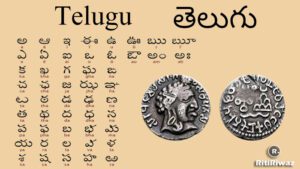
Epigraphist Iravatham Mahadevan explains the Sanskrit word “āndʰra” as a corruption of the suffix “-anṟu” of the ancient Telugu language (around 800 BCE).
According to the Sanskrit text Aitareya Brahmana (800-500 BCE), a group of people named Andhras left North India on the banks of the Yamuna and settled in South India. The Satavahanas are named Andhra, Andhrara-jateeya, and Andhrabhrtya in the Puranic literature. They do not call themselves Andhra on any of their coins or inscriptions; they were probably called Andhras because of their race or because their territory included the Andhra region.
History
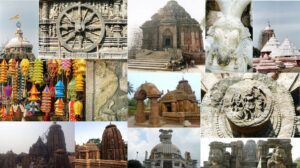
Andhra Pradesh, located on the southeastern coast of India, has a rich and diverse history that spans thousands of years. The region has been inhabited since ancient times and has witnessed the rise and fall of several powerful dynasties, leaving behind a legacy of cultural, architectural, and historical significance.
One of the earliest known civilizations in Andhra Pradesh was the Satavahana dynasty, which ruled the region from around the 3rd century BCE to the 3rd century CE. The Satavahanas were known for their patronage of Buddhism and played a crucial role in the spread of the religion across South India.
During the medieval period, Andhra Pradesh was ruled by various dynasties, including the Ikshvaku, Pallava, Chola, and Kakatiya dynasties. The Kakatiyas, in particular, were renowned for their architectural achievements, such as the iconic Warangal Fort and the Thousand Pillar Temple in Hanamkonda.
In the 14th century, the region came under the rule of the Delhi Sultanate and later the Vijayanagara Empire, which ushered in a period of prosperity and cultural flourishing. The Vijayanagara rulers, known for their grandeur and architectural marvels, left behind a legacy of magnificent temples and monuments, including the famous Virupaksha Temple in Hampi.
In the 16th century, Andhra Pradesh witnessed the establishment of the Qutb Shahi dynasty in Golconda (present-day Hyderabad). The Qutb Shahis were known for their patronage of art, literature, and architecture, with landmarks such as the Charminar and Golconda Fort becoming iconic symbols of their rule.
During the colonial era, Andhra Pradesh came under the influence of the British East India Company, leading to significant political and socio-economic changes. The region played a prominent role in the Indian independence movement, with leaders like Tanguturi Prakasam Pantulu and Potti Sreeramulu actively participating in the struggle for freedom.
After India gained independence in 1947, Andhra Pradesh emerged as a major state in the newly formed Republic of India. In 1953, the Telugu-speaking areas of the state were separated to form Andhra Pradesh, with Hyderabad as its capital. Since then, Andhra Pradesh has continued to evolve as a dynamic and culturally rich state, blending its ancient heritage with modern developments to create a unique identity.
Morden History
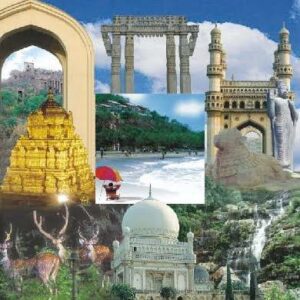
After the defeat of the Vijayanagara Empire, the Qutb Shahi dynasty ruled Andhra Pradesh. This area came under the rule of the Nizams under the Mughal Empire. Soon, the Nizam established himself as a ruler. In 1611, an English trading company called the “East India Company” was established in Masulipatinam on the east coast of India.[43] In the early 19th century, the Northern Circars were handed over to the British East India Company and became part of its Madras Presidency. Eventually, this region became the coastal region of Andhra, the northern part of which was later known as Uttarandhra. Later, the Nizam handed over five districts to the British, which later became the Rayalaseema district. Village leaders, known as Poligars, rebelled in the 1800s against the company laws, which the company abolished. Raja Viziaram Raz (Vijayaram Raj) established an empire by claiming independence from the Kingdom of Jeypore in 1711. He started alliances with the French and British East India Company to defeat the neighboring chiefs of Bobbili, Kurupam, Paralakhemundi, and the chiefs. kingdom of Jeypore. He fell out with the British, so he was attacked and defeated in the Battle of Padmanabham. It was incorporated as a tributary division like other chiefdoms and remained so until it joined the Indian Union in 1949.
After the Indian Rebellion of 1857, the British crown ruled this region until India gained independence in 1947. The no-tax campaign in Chirala and Perala in 1919, led by Duggirala Gopalakrishnayya, the Rampa Rebellion of Alluri Sitarama Raju and – led in 1921 in Rampa. rebellion led by Alluri Sitarama Raju in 1921. Salt Satyagraha in Denduur in 1930 was part of the protest against British rule. Tanguturi Prakasam was arrested and imprisoned for over three years for participating in the Quit India movement of 1942. He served as the Prime Minister of Madras Presidency in 1946-47.
The Dowleswaram Dam, built by Arthur Cotton in 1850, brought unused land from the Godavari River into cultivation and transformed the economy of the region. Charles Philip Brown played a pioneering role in adapting Telugu to the printing era and introducing Vemana poetry to English readers. Kandukuri Veeresalingam is considered to be the father of the Telugu Renaissance movement, as he advocated for women’s education and widow remarriage and fought against child marriage and the legal system. Gurlicada Agreade, the reader of Re + wrote Reachelkam, to write it in 1892. The maximum matches are in Telugu.
Geography
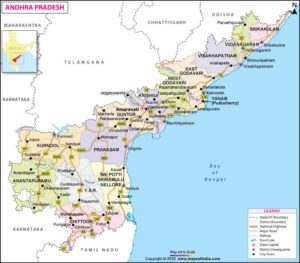
Andhra Pradesh, located in southeastern India, is a state of diverse geography and rich natural beauty. Situated along the eastern coast of the country, it is bordered by the Bay of Bengal to the east and the states of Telangana, Karnataka, Tamil Nadu, and Odisha.
The geography of Andhra Pradesh is characterized by contrasting landscapes, including coastal plains, fertile river deltas, rolling hills, and rocky plateaus. The Eastern Ghats mountain range runs along the western edge of the state, forming a natural barrier between the coastal plains and the interior regions. These hills are interspersed with lush forests, waterfalls, and wildlife sanctuaries, offering opportunities for trekking and eco-tourism.
The fertile deltas of the Godavari and Krishna rivers dominate the coastal plains of Andhra Pradesh, supporting extensive agriculture, including rice, sugarcane, and seafood cultivation. The coastline is dotted with picturesque beaches, fishing villages, and bustling ports, contributing to the state’s economy and maritime heritage.
In addition to its natural beauty, Andhra Pradesh is known for its cultural heritage, historical monuments, and vibrant festivals, making it a captivating destination for travelers and explorers alike. From the bustling cities of Vijayawada and Visakhapatnam to the tranquil backwaters of Konaseema, Andhra Pradesh offers a tapestry of experiences that reflect its diverse geography and rich cultural legacy.
Climat
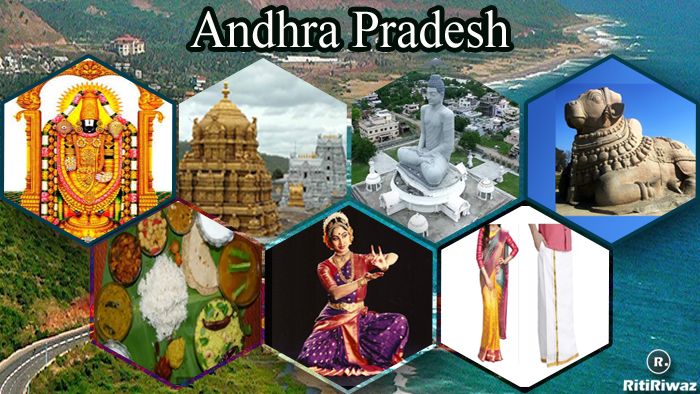
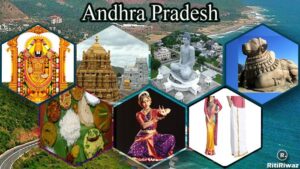
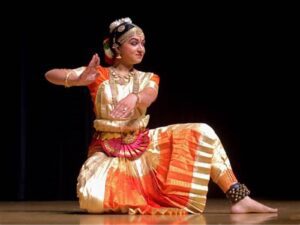
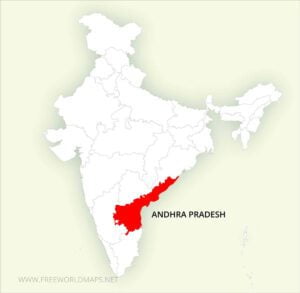
2 thoughts on “Travel to Andhra Pradesh”